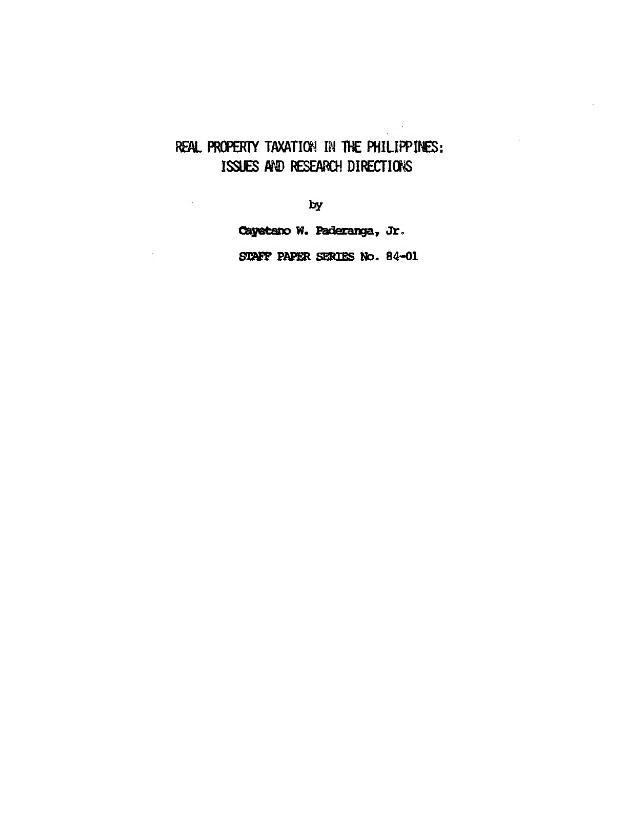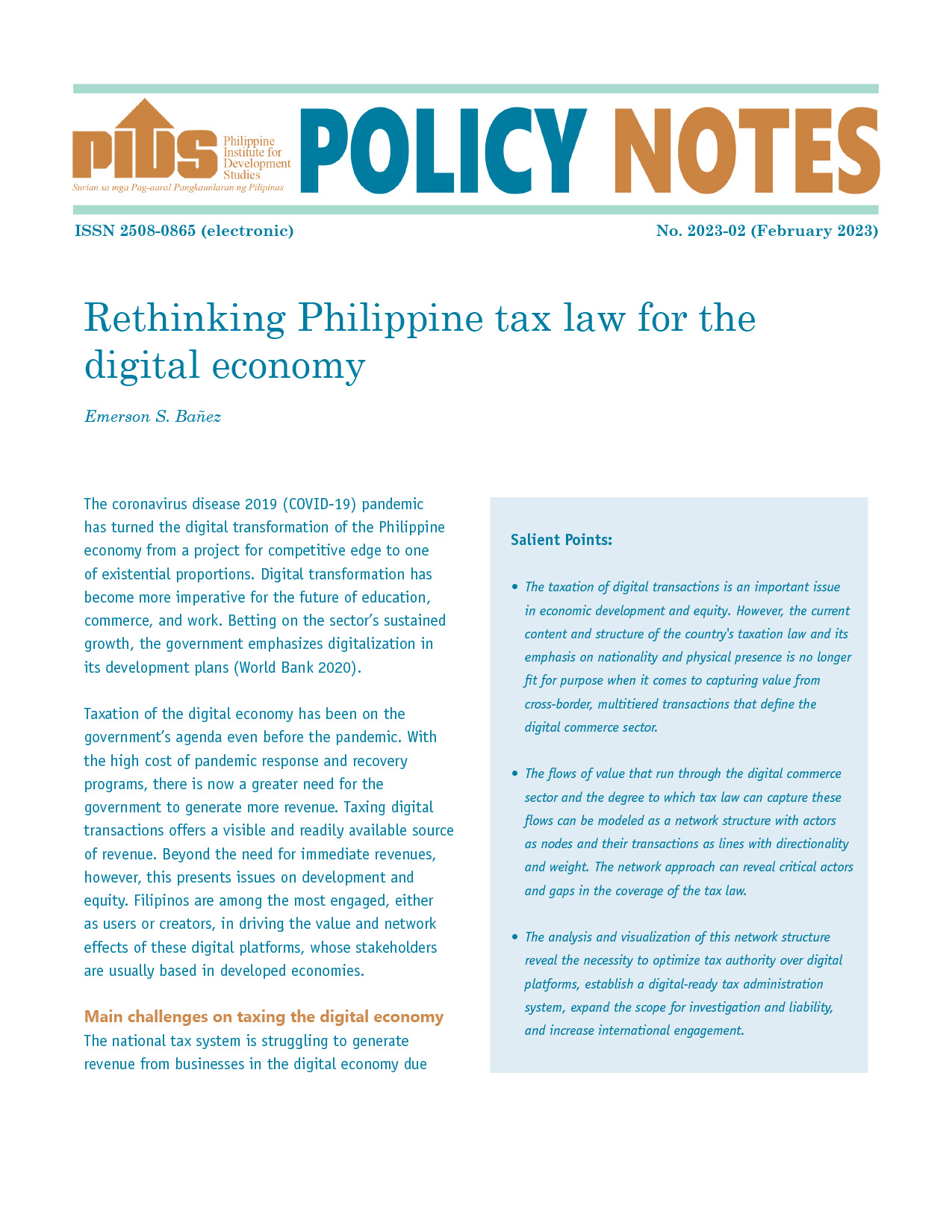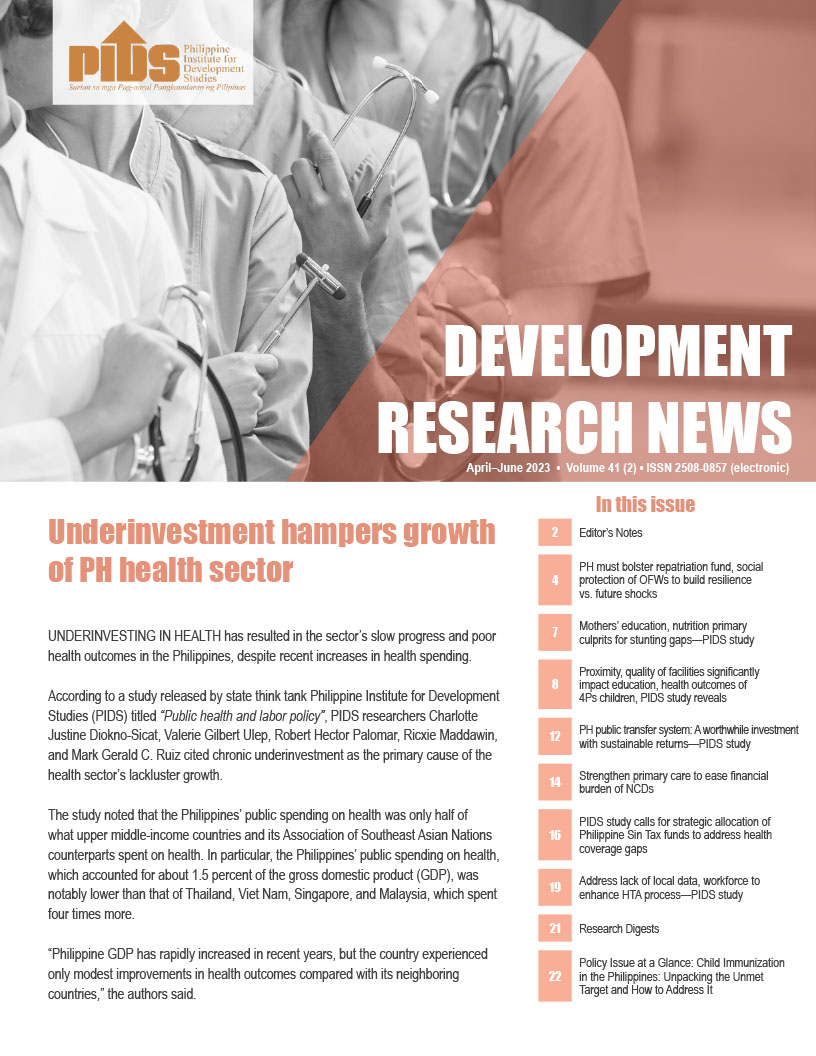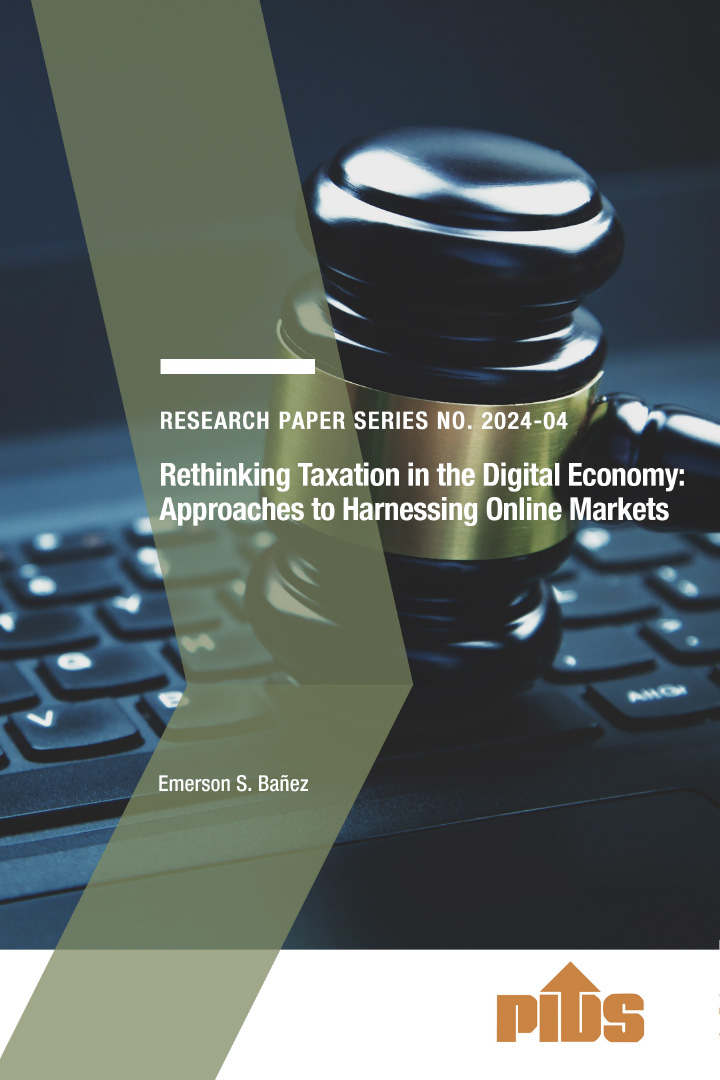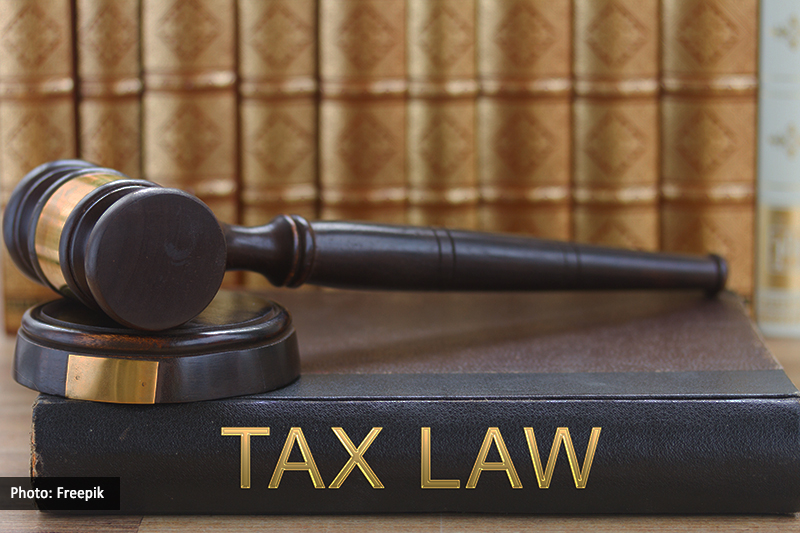The potential of the real property tax to meet fund requirements and operational needs of local units has not been fully exploited. Since it is the second most important revenue source of local government, there is a need for its efficient administration. This study reviews the real property tax and explains the basis of assessment of the real property tax, the tax rate, the tax computation and the collection process. Preliminary analysis of the incidence and allocative effects of real property tax indicates its progressive distribution since income from ownership of property is more important to high-income than to low-income groups. Several issues and points are raised for future research and discussion.

